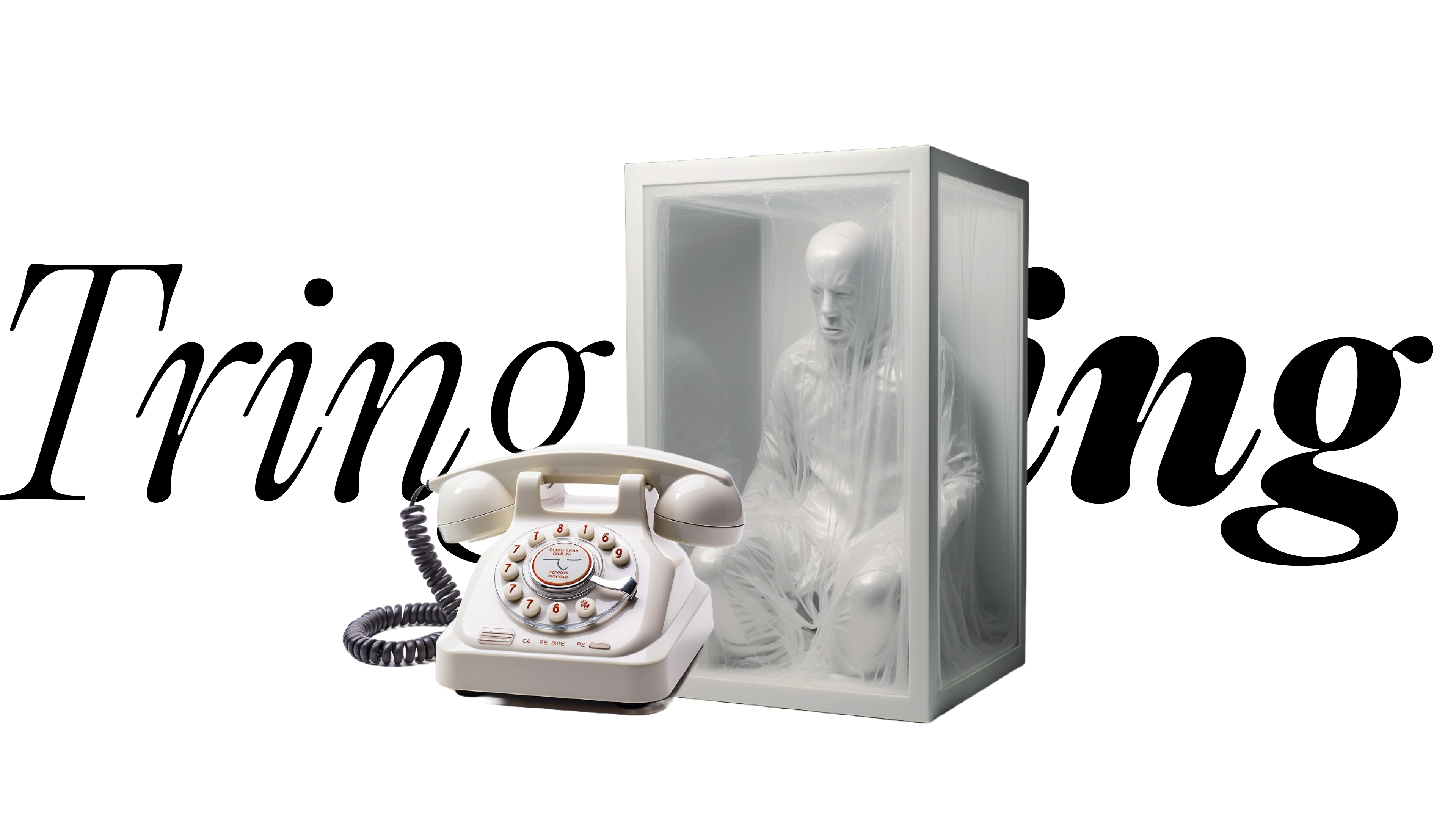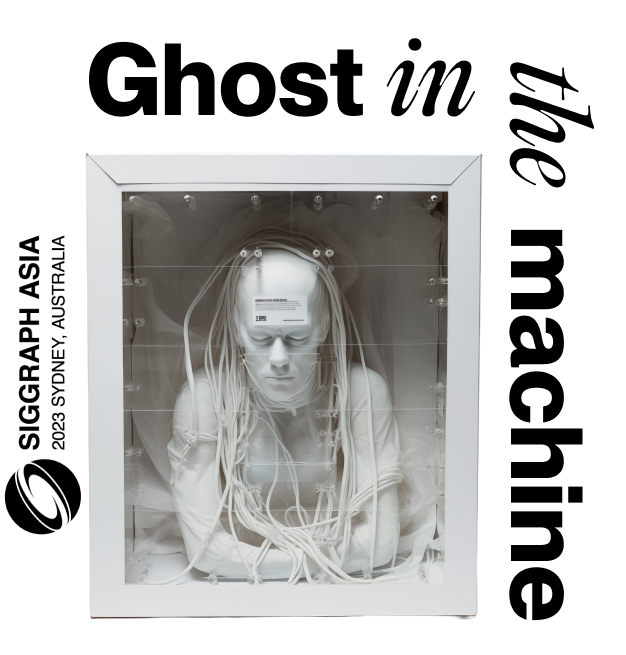Ghost in the Machine
An interactive AI installation exploring the human tendency to anthropomorphize artificial intelligence.
Role: Conception, Programming, Prototyping & Fabrication
Advisor: Prof. Misha Sra
Duration: 8 weeks (2022)
Advisor: Prof. Misha Sra
Duration: 8 weeks (2022)
Brief
Ghost In The Machine (GITM) debuted on May 26th, 2023, at the University of California, Santa Barbara, engaging nearly 100 participants during its 4-hour exhibition. This installation probes the complex relationship between humans and AI through a network of 25 uniquely programmed AI agents.
GITM creates an immersive environment of AI-generated images, sounds, and dialogues. Participants engage with AI personas through a telephone interface, their conversations manifesting as dynamic visuals and adaptive soundscapes. The installation embodies an amorphous AI, revealing the limitations of our perceptions of agency and intentionality in artificial systems.
This implementation, developed before multi-agent systems became mainstream, stands as one of the early proofs of concept for collaborative AI in an artistic setting. The exhibit's approach to human-AI interaction resonated with attendees, including a representatives from OpenAI.
Simulation and Mechanics
At the heart of GITM lies a network of 25 AI agents, each a unique digital persona. This multi-agent system, conceived before the advent of OpenAI's custom GPTs, facilitates a rich, layered dialogue landscape that mirrors the complexity of human interaction.

A telephone interface serves as the primary interaction point, converting speech into data for AI processing. The system goes beyond basic voice recognition, interpreting nuances and generating contextual responses. Visually, an advanced particle system renders dynamic imagery on large screens, reflecting the AI's interpretative processes. An adaptive soundscape, driven by the conversation flow, complements the visual elements.
These components—AI agents, visuals, and audio—form a cohesive system that simulates and reveals the intricacies of human-AI interaction. GITM demonstrates AI's capacity to engage with human behavior, combining technological innovation with artistic expression.

Theoretical Underpinnings
GITM explores human-AI interaction through several philosophical lenses. It examines our tendency to anthropomorphize AI within a Foucauldian heterotopic space, blurring real and virtual boundaries. Drawing on post-humanist thought and Heidegger's Dasein, the project challenges human-centric views of technology, considering AI as entities with their own form of 'being-in-the-world'. The installation leverages AI 'hallucinations' as a metaphor, highlighting differences between artificial and human cognition. Through this framework, GITM prompts critical reflection on intelligence, consciousness, and our evolving relationship with AI.


